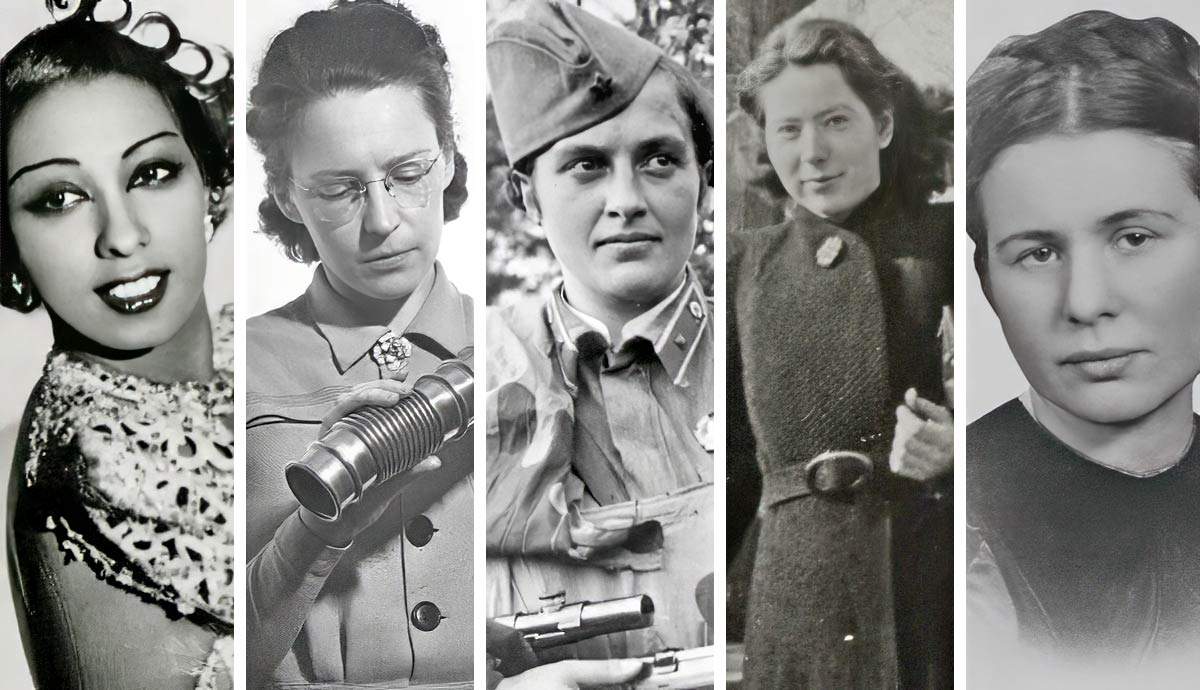
Millions of people participated in the Second World War, risking their lives to prevent the Axis Powers from achieving victory. Though most of those who fought on the front lines were men, many women equally carried out brave deeds during the conflict.
Ranging from undercover schemes to impressive feats of engineering, the actions carried out by the following women are both fascinating and inspirational. At a time when men did most of the heavy lifting in times of war, these five women stepped up and went beyond what was expected of them.
1. Josephine Baker
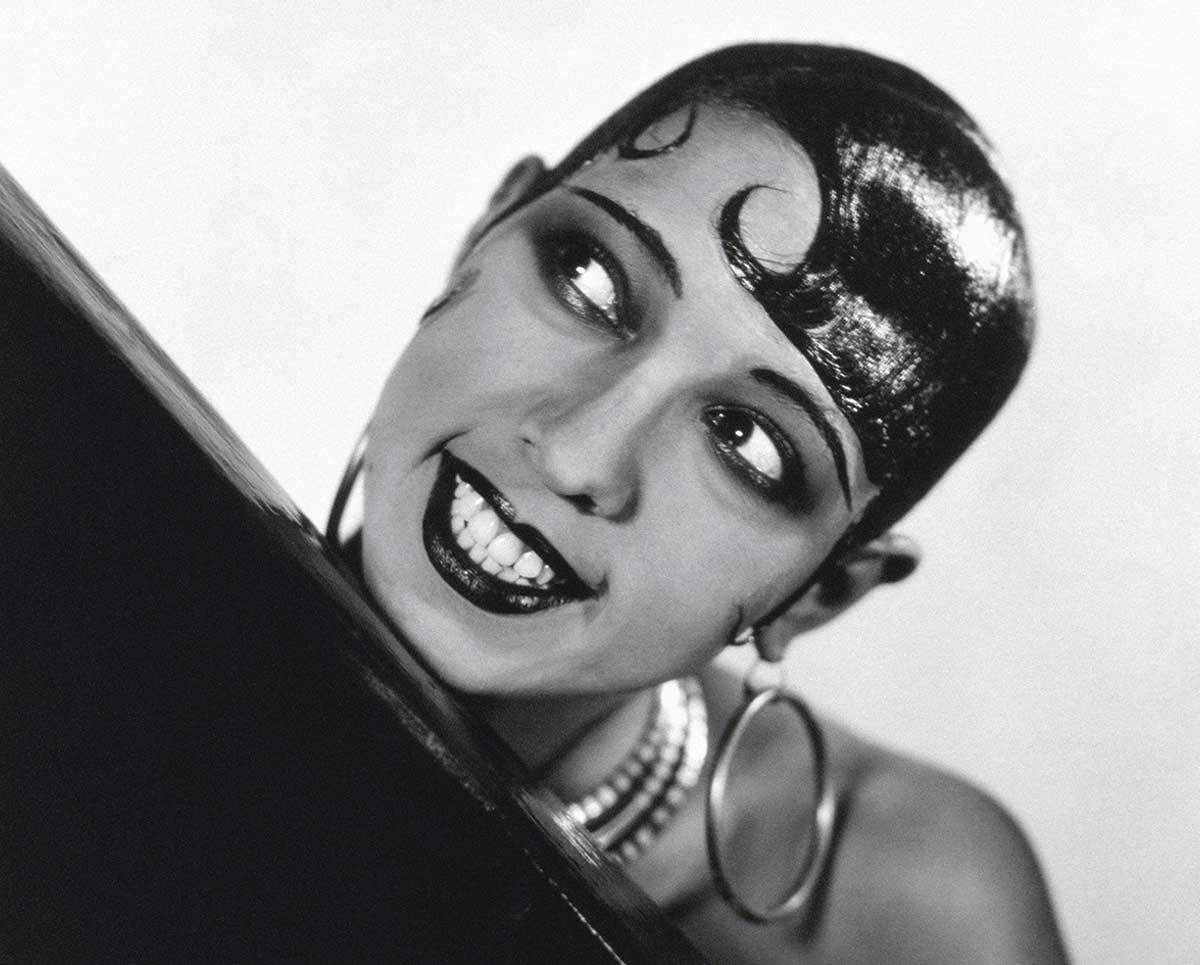
Josephine Baker was born on June 3, 1906 in St. Louis, Missouri. She came from a poor family and experienced racism from an early age.
In addition to witnessing the East St. Louis race riots in July 1917, racial tensions also plagued Baker’s working life. As a performer in an African-American dance troupe, it was difficult to find accommodation, for many hotels only allowed white people to stay in them.
Get the latest articles delivered to your inbox
Despite these difficulties, Baker clearly had a knack for the performing arts. Her talent took her to New York, where she became part of the Harlem Renaissance and then across the Atlantic to the French capital of Paris. Baker’s popularity grew considerably thanks to her unique performances. Soon, she was earning lots of money and touring many European cities.
Baker could hardly fail to notice the rise of the far-right in Europe. The fascistic movements in Italy and Germany – with their emphasis on racial supremacy and nationalism – reminded her of the racism in St. Louis. When the Nazis invaded France in May 1940, Baker was angered by their actions. The country that had given her so much was suffering under German occupation, and she wanted to fight back.
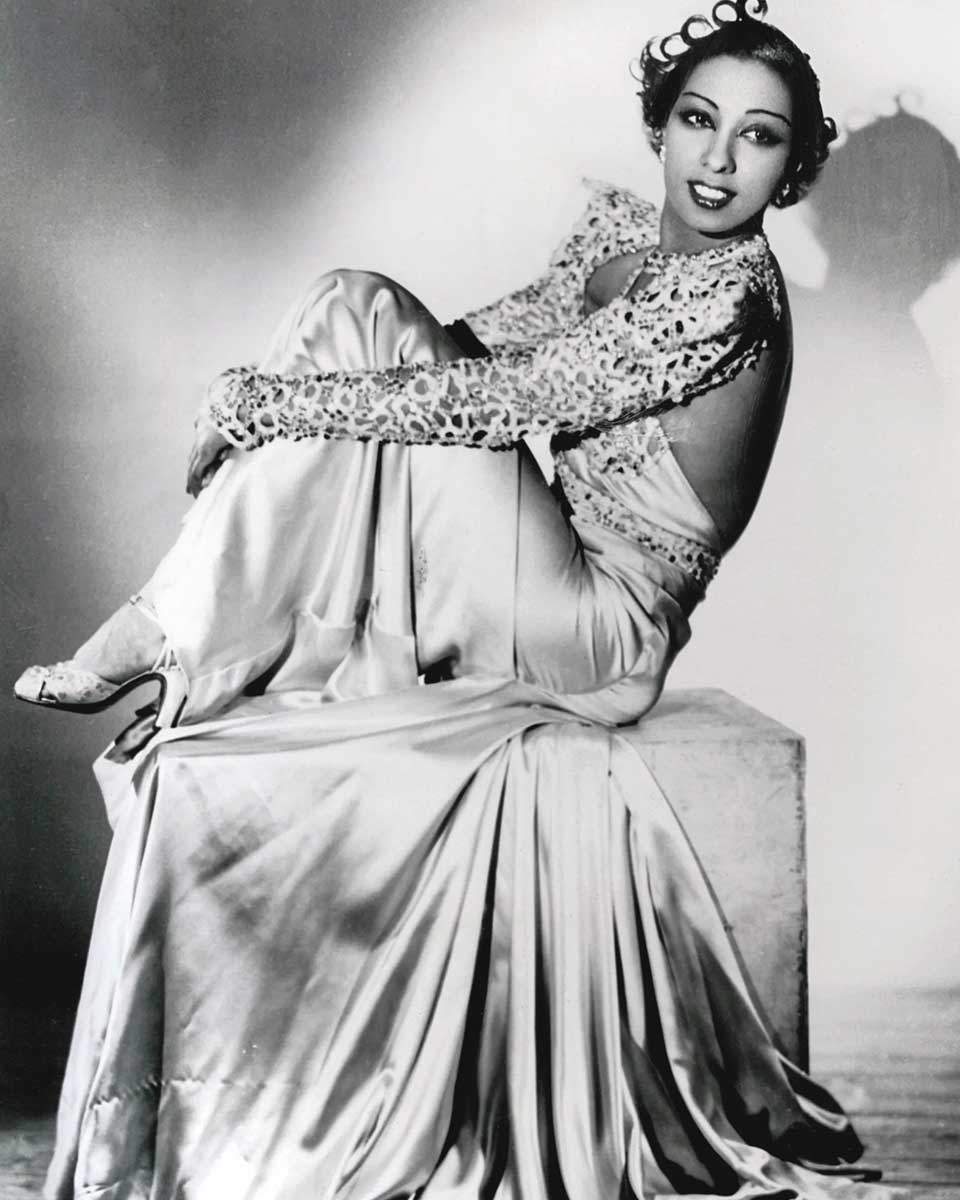
So, when a French intelligence officer traveled to Château des Milandes and asked Baker if she would help gather intelligence, she readily accepted the proposal. Due to her fame and popularity, Baker received invitations to many diplomatic functions where she was able to collect information on the movements and plans of the German army. After fleeing France and arriving in Portugal, Baker attended parties at various embassies, obtaining information for the French Resistance and writing it down using invisible ink when she returned to her hotel room.
However, Baker’s career as a spy was cut short by a string of serious health issues, including pneumonia and blood poisoning. After twenty-one months in hospital, she spent the remainder of the war performing for groups of Allied soldiers in Africa and the Middle East.
2. Elsie MacGill
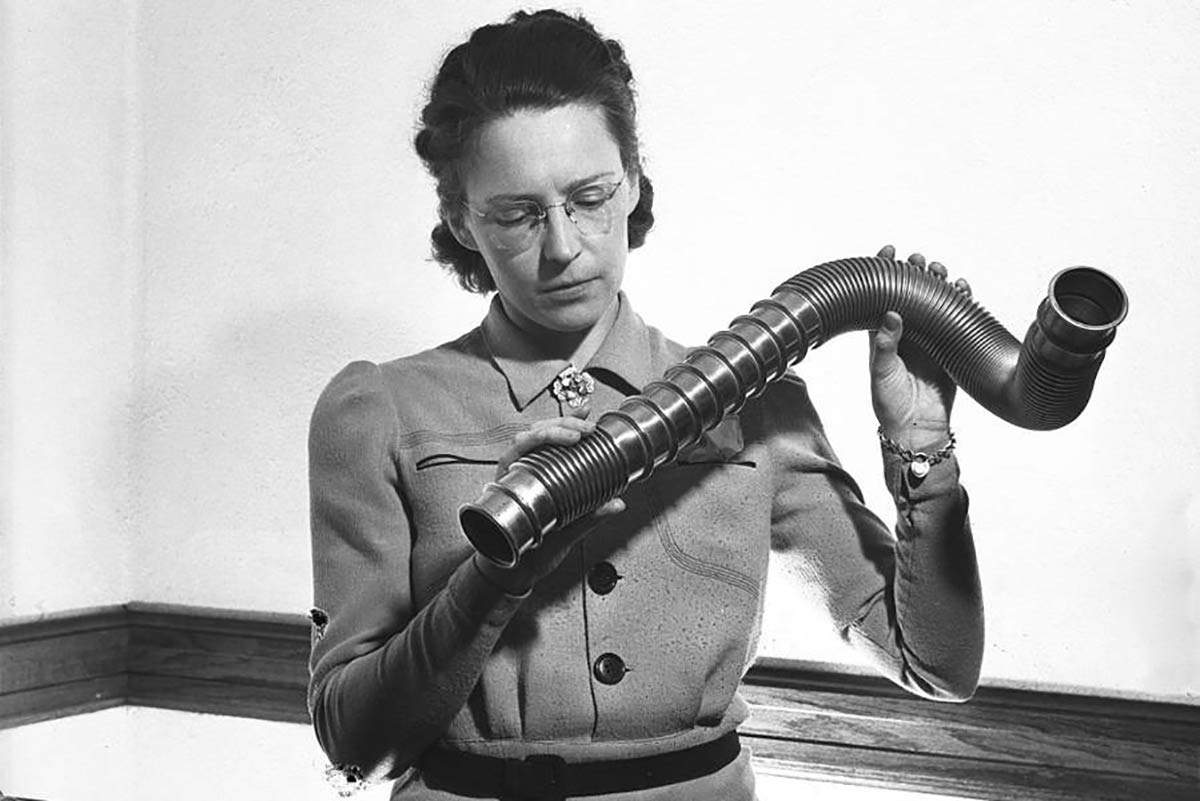
Just like Josephine Baker, Elsie MacGill didn’t fight on the front lines during the Second World War, but her story is nevertheless highly inspirational.
Born in 1905 in Vancouver, Canada, MacGill benefited from a middle-class upbringing and a top-tier education. In 1927, she became the first Canadian woman to gain a degree in Electrical Engineering, which she obtained from the University of Toronto. After initially working with cars, MacGill shifted her focus to a more exciting form of transport: aircraft.
However, a life-threatening disease called polio put a halt to MacGill’s career. Paralyzed from the waist down, she needed help with everyday tasks and battled against muscular spasms. Though MacGill never fully recovered from the disease, she did manage to get back on her feet and return to work.
During the Second World War, MacGill worked for the Canadian Car and Foundry Company (better known as Can-Car). As Chief Aeronautical Engineer, she oversaw the construction of the Hawker Hurricane, a British fighter plane. This led to her being known as the “Queen of the Hurricanes.” She even designed her own version of the plane for colder climates. With de-icing controls and a ski-based landing system, MacGill’s new Hawker Hurricane was perfect for winter conditions.
Outside of her wartime contributions, MacGill became an advocate for women’s rights, working as the National President of the Canadian Federation of Business and Professional Women’s Club. In honor of her achievements, MacGill received the Order of Canada in 1971.
3. Lyudmila Pavlichenko
Lyudmila Pavlichenko grew up in a village near Kyiv, the capital of Ukraine, which became part of the Soviet Union in December 1922.
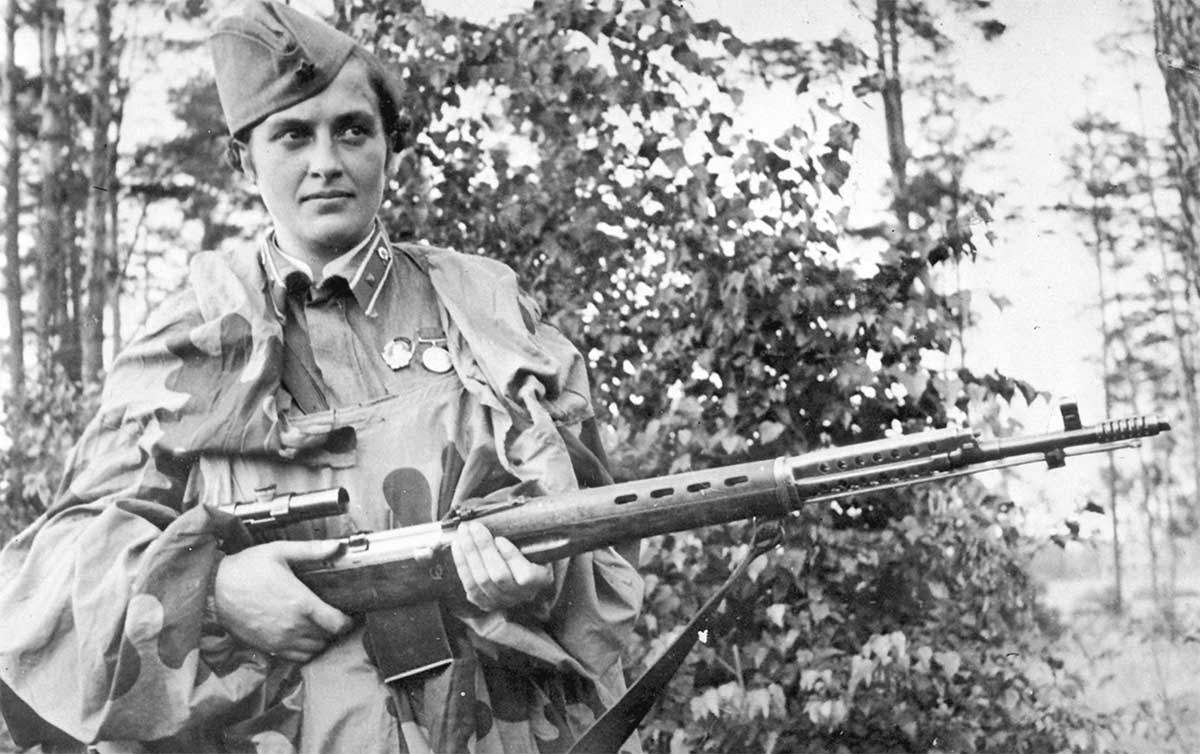
In 1932, Pavlichenko moved to the capital city permanently. After going to a firing range, she discovered a gift for marksmanship and honed her skills over the next few years. At one stage, she competed in a shooting tournament with twelve available prizes and won all twelve of them!
When the Nazis invaded the Soviet Union in June 1941, Pavlichenko wanted to fight back. She proved her skills by shooting some Romanian soldiers who were working with the Nazis before joining the Red Army as part of a rifle division.
Though the majority of women in the Red Army had non-combatant roles, many women held jobs that put them in danger. Pavlichenko was particularly vulnerable, for Soviet snipers had a short life expectancy.
Nevertheless, she managed to avoid being killed or captured and racked up an impressive kill count. During the Siege of Odessa, Pavlichenko took down 187 German soldiers. She added more bodies to her kill count during the Battle of Sevastopol. But this battle would be her last. After being hit by a piece of shrapnel, Pavlichenko was unable to recover fully and was forced to retire.
Yet she still had a part to play during the Second World War. After an initial meeting with Joseph Stalin in the Kremlin, Pavlichenko traveled to America, hoping to raise funds for the Soviet war effort. The American press gave Pavlichenko more attention than the other Soviet delegates, marveling at her skills as a marksman. But many of their questions focused on her appearance and femininity rather than her heroic deeds. Citizens back home were more respectful. In 1943, Pavlichenko received the Hero of the Soviet Union award, the highest honorary distinction in the USSR.
4. Hannie Schaft
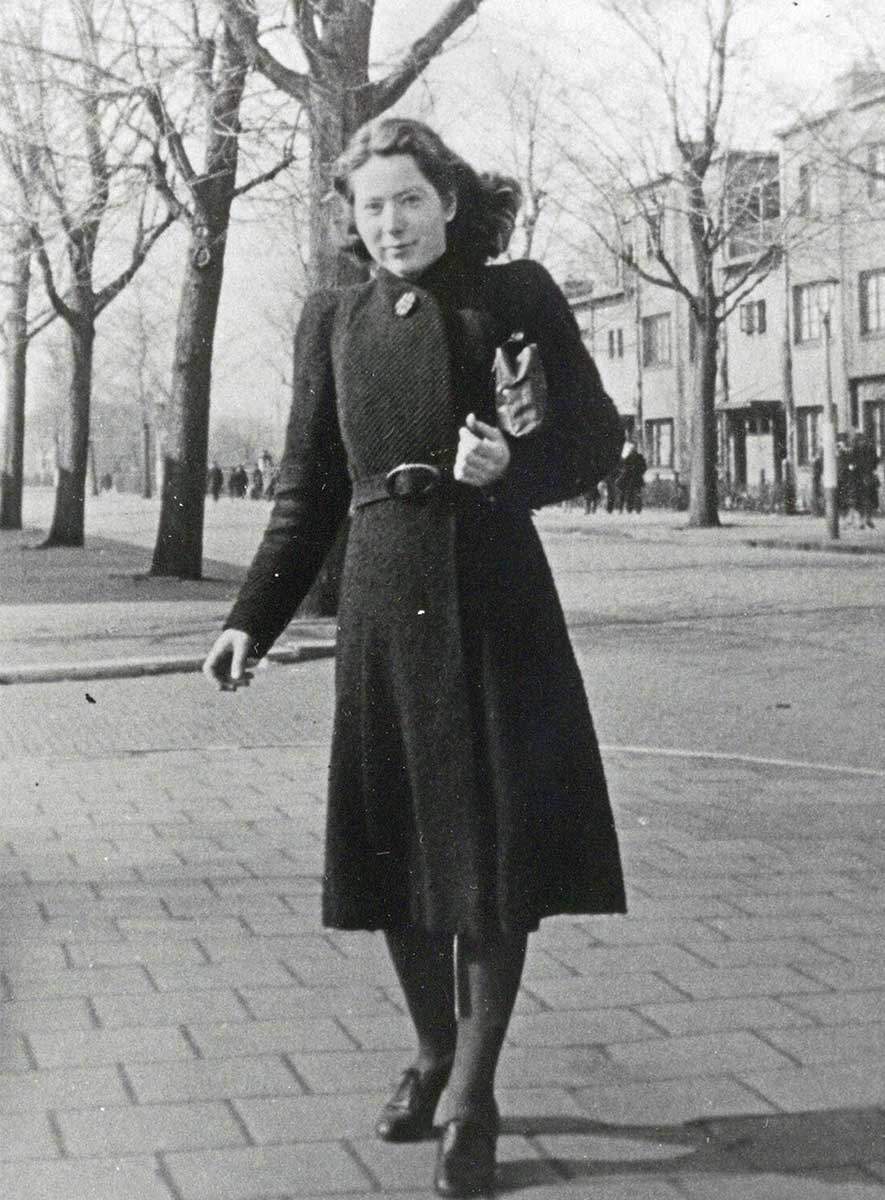
Hannie Schaft was an ambitious young woman who wanted to work for the League of Nations. But when the Nazis invaded the Netherlands in May 1940, her studies at the University of Amsterdam were no longer a priority.
Under German occupation, the rights of Dutch Jews gradually diminished, and Schaft wanted to do something about it. She started by stealing identification cards for her Jewish friends at university. This enabled them to take on fake identities and avoid anti-Semitic persecution.
When the Nazis required all Dutch university students to sign a declaration of loyalty to the occupying forces, Schaft – along with the vast majority of other students – simply refused. After moving back to Haarlem to live with her parents, she joined a Dutch resistance group called the Raad van Verzet (RVV).
The RVV was a militant group that used guns and explosives to take down their enemies. Their primary targets were Dutch citizens who had betrayed their country and were collaborating with the Nazis. Schaft carried out sabotages and assassinations for the RVV, and she was so successful that she soon became a symbol of resistance known as the “Girl with Red Hair.”
Tragically, Schaft didn’t make it to the end of the war. She was captured at a checkpoint after she was caught carrying a pistol. When the black dye in her hair started to fade away, the Nazis knew who they had caught, and they subjected Schaft to interrogation and torture.
Just eighteen days before the Allies liberated the Netherlands, the Nazis executed Schaft in the dunes west of Haarlem.
5. Irena Sendler
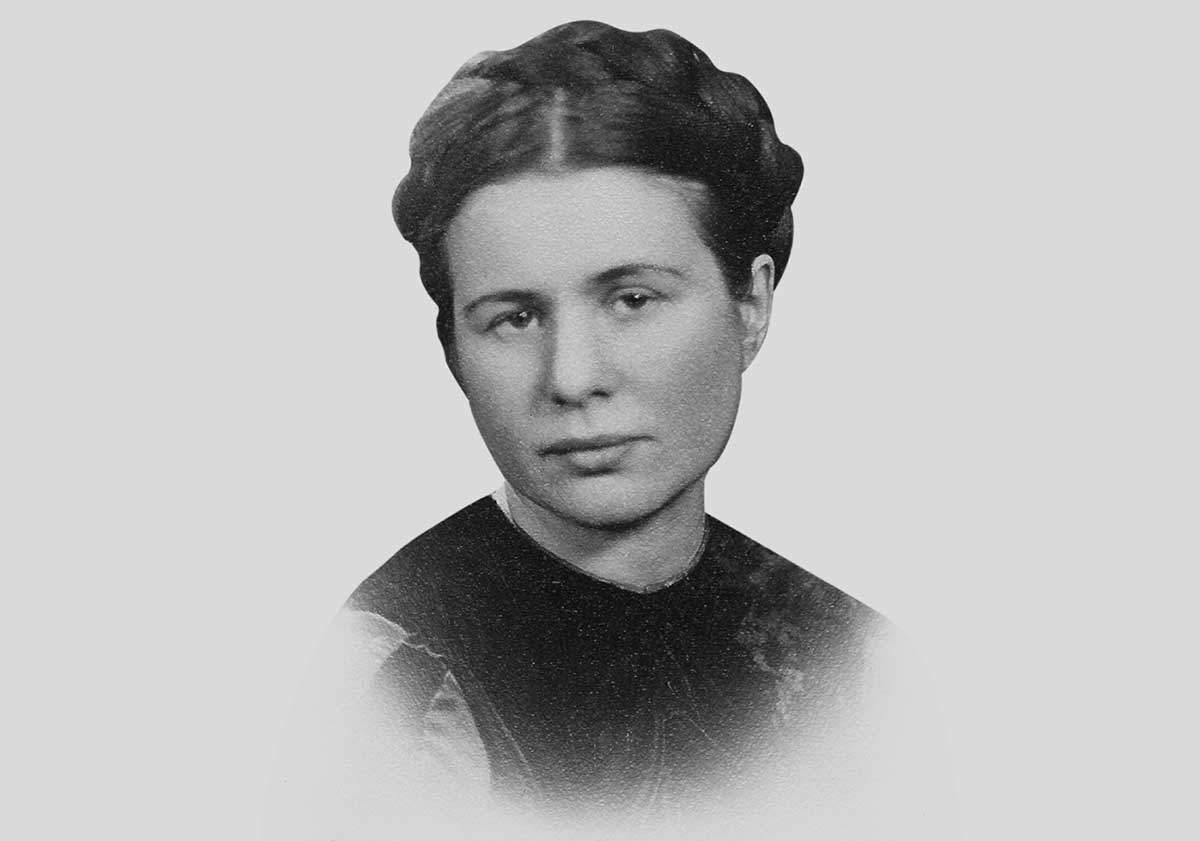
Irena Sendler grew up in the Polish capital of Warsaw. Though raised in a Christian family, she had many Jewish friends as a child.
When the Nazis invaded Poland in September 1939, they soon implemented anti-Semitic policies. The situation worsened when the Nazis established the Warsaw Ghetto in November 1940. Surrounded by a ten-foot wall with barbed wire, the ghetto trapped 400,000 Jews in a small area, isolating them from the rest of society. The conditions were appalling, with many starving from lack of food.
Sendler was determined to help. As a member of Warsaw’s Social Welfare Department, she had permission to visit the ghetto to check for signs of typhus. With support from an organization known as the Council to Aid Jews, Sendler used her special access to enter the ghetto to smuggle Jewish children to safety.
Some children were smuggled out using an ambulance, while others were hidden inside tool boxes or potato sacks. Once outside the ghetto, Sendler had to keep the children safe from the Nazis. She created false identity papers and disguised the rescued children as Christian orphans. She kept records of their real names and their new homes so she could keep track of where they were.
In October 1943, an informant told the Nazis about the rescue operation. The Gestapo arrested Sendler and tortured her for information, but she refused to tell them anything. Fortunately, the Council to Aid Jews were able to bribe the Nazis, who allowed their captive to avoid execution and return to safety.
When the war ended, Sendler tried to return the rescued children to their families. But many of their parents had been killed during the Holocaust. Instead, the Council to Aid Jews relocated the children to Israel to grow up in a Jewish community.





